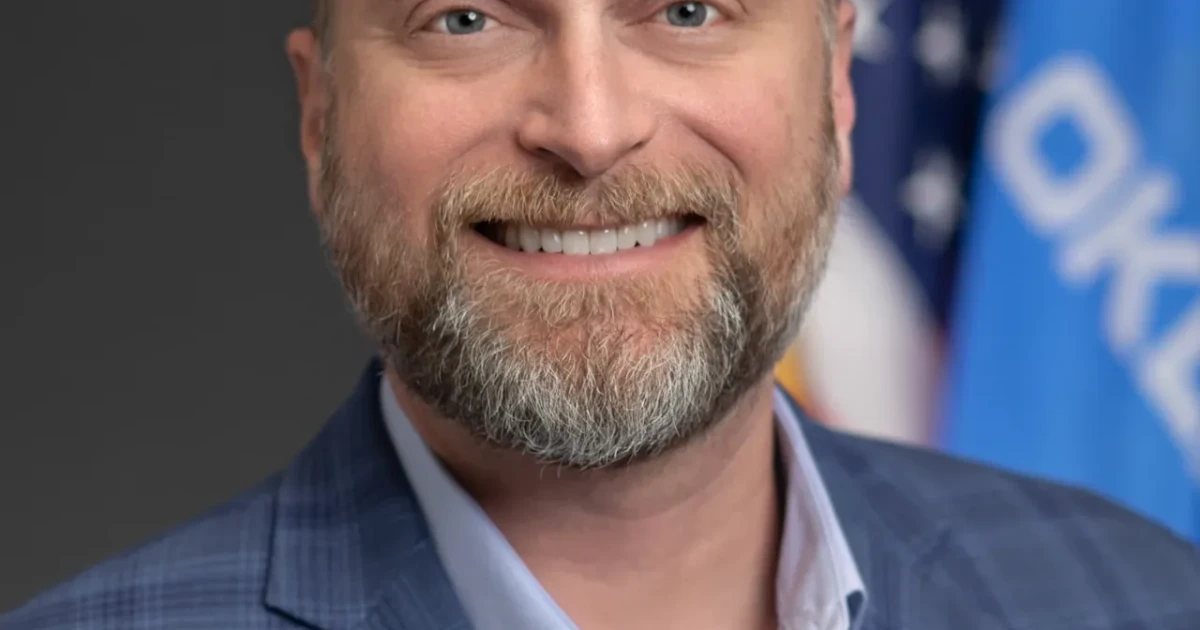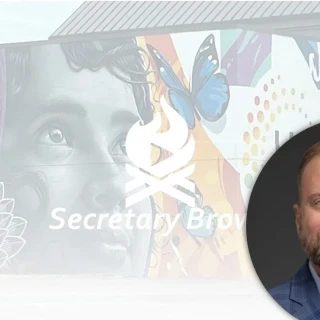Submission 6 in Poverty Series for The Oklahoman

Guest: When addressing poverty, strategic interventions are cost-effective
Most people engage with poverty-fighting systems by initially identifying a single need — many times food benefits— yet the all-consuming nature of poverty results in deeper needs, including housing, mental health, workforce training and others. A key solution emphasizes the dramatic need for the development of relationship to identify and serve the entire person’s needs earlier in their crisis, preventing their slide into deeper poverty. To do so, three types of relationships are required: Person to person, person to community and person to systems.
I've shared in a previous column a construct built on the board game "Chutes and Ladders," suggesting that we rebuild today’s one-size-fits-all social safety net into a custom, more nimble safety net allowing systems to provide strategic and timely interventions for families preventing them from falling deeper into despair. Prevention through early intervention requires government and community to predict events that can have catastrophic results, which can only be accomplished by transactional systems evolving to be driven by relationship development and pathway creation. True success isn’t measured by our ability to deliver government benefits, but instead by how well we serve the person in their individual journey toward independence, using the delivery of benefits as a front door to a trust-filled relationship with the development of pathways to self-sufficiency as the real indicator of success.
Early and strategic interventions, like job training the day someone becomes unemployed or a treatment program when someone begins to slide into dependency, are much more cost-effective than providing the entire set of safety net benefits to a person because they have fallen into deep poverty. It will result in shorter engagements, which in turn costs less to taxpayers. We must begin to look at the safety net as an investment that, when done in a contemporary way, can have a positive financial return.
Practically speaking, developing a "person to system" relationship requires a transformation of the way we distribute human services. The future of government must include a workforce embedded in their community, meeting their neighbor in the homeless shelter, school or hospital. True relationships, grounded in trust, mean early intervention and a more efficient and effective poverty fighting strategy.
Just as important as improving relationships between people and systems, a modern human services distribution model embraces community partners in joint service. As a person engages with government to receive benefits in a local library or YMCA, they also connect with non-government organizations building casual social bonds that help them navigate future stresses without relying solely on government for assistance.
Investing in community resources to build connectedness is an important strategy to develop supportive relationships. In Eric Klinenberg’s book "Palaces for the People," the researcher provides incredible depth on the need to develop "social infrastructure," including physical spaces like grocery stores, child care centers, barber shops and swimming pools through which people create casual bonds that build supportive communities during times of stress. Poverty is likely the single greatest source of stress, and the understanding of the importance of social infrastructure when building new assets can allow for the development of resilient communities through relationship.
Prioritizing prevention through relationship development when designing specific programs will allow government and community to each play important roles in a family’s journey toward economic resilience. Ultimately, properly designed and supported programs allow for the development of person-to-person relationships, which are core to the creation of meaningful pathways to help people lift themselves out of poverty.


